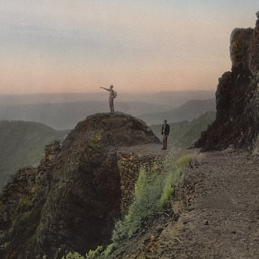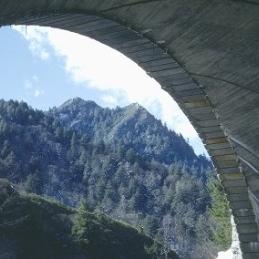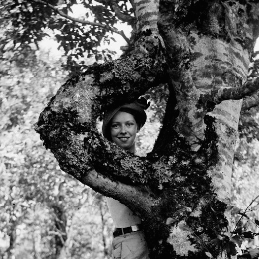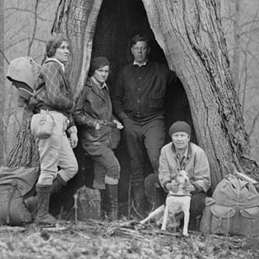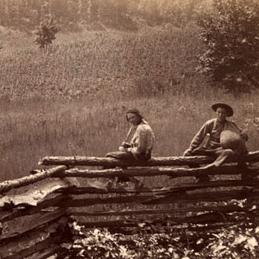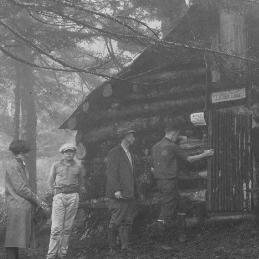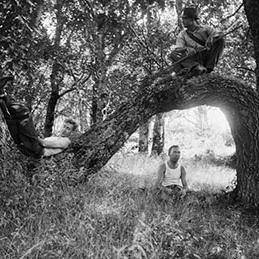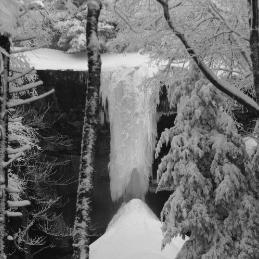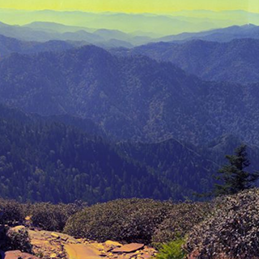Browse
Bear Research: A Compilation of Program Literature; Bear Research. Knoxville, TN: Department of Forestry, Wildlife and Fisheries, University of Tennessee, Undated.
A Compilation of Program Literature; Bear Research. Knoxville, TN: Department of Forestry, Wildlife and Fisheries, University of Tennessee, Undated.
"Assessing Longitudinal Diet Patterns of Black Bears in Great Smoky Mountains National Park Using Stable Nitrogen Isotopes." International Bear News 21, no. 1 (2012): 37-38.
"Bait Stations, Hard Mast, and Black Bear Population Growth in Great Smoky Mountains National Park." Journal of Wildlife Management 69, no. 4 (2005): 1633-1640.
"Survival of Nuisance American Black Bears Released On-Site in Great Smoky Mountains National Park." Ursus 14, no. 2 (2003): 210-214.
"Correlates of Success for On-Site Releases of Nuisance Black Bears in Great Smoky Mountains National Park." Wildlife Society Bulletin 30, no. 1 (2002): 104-111.
"Energetic Production by Soft and Hard Mast Foods of American Black Bears in the Smoky Mountains." URSUS 13 (2002): 57-68.
"Survival of Orphaned Black Bears Released in the Smoky Mountains." URSUS 13 (2002): 269-273.
Comparative Estimates of Black Bear Population Size in Great Smoky Mountains National Park In 11th International Conference on Bear Research and Management. Gatlinburg, TN: International Association for Bear Research & Management, 1998.
"Complex Movements and Habitat Use: Testing the Multiscaled Home Range Model on Black Bear Telemetry Data." Bears: Their Biology and Management 10 (1998): 210-234.
Effects of Ecological Factors on Trap Heterogeneity of Black Bears in Great Smoky Mountains National Park In 11th International Conference on Bear Research and Management. Gatlinburg, TN: International Association for Bear Research & Management, 1998.
Energetic Production by Black Bear Foods in the Smoky Mountains In 11th International Conference on Bear Research and Management. Gatlinburg, TN: International Association for Bear Research & Management, 1998.
"Management of a Large Carnivore: Black Bear." In Ecosystem Management: Principles and Practices Illustrated by a Regional Biosphere Reserve Cooperative, edited by John Douglas Peine, 209-223. Boca Reton, FL: CRC Press, 1998.
"A GIS Model to Predict Black Bear Habitat Use." Journal of Forestry 95, no. 8 (1997): 6-12.
"Procedures to Enhance the Success of a Black Bear Reintroduction Program." Bears: Their Biology and Management 9 (1997): 66-77.
"Use of Pen-reared Black Bears for Augmentation or Reintroduction." Bears: Their Biology and Management 9 (1997): 145-150.
"Benefits and Pitfalls of Long-Term Research: A Case Study of Black Bears in Great Smoky." Wildlife Society Bulletin 24, no. 3 (1996): 443-450.
"Researcher Variation in Collection of Morphometrics on Black Bears." Wildlife Society Bulletin 24, no. 3 (1996): 485-489.
"Estimates of Population Density and Growth of Black Bears in the Smoky Mountains." Bears: Their Biology and Management 9, no. 1 (1994): 253-261.
"Data-based modelling of black bear habitat using GIS." In International Union of Game Biologists, 323-329., 1993.
"Techniques to monitor relative abundance of coyotes in East Tennessee." In Southeastern Association of Fish & Wildlife Agencies, 62-70., 1993.
"Some Demographic Comparisons of Wild and Panhandler Bears in Great Smoky Mountains." Bears: Their Biology and Management 8 (1990): 105-112.
"Effects of Roads on Black Bear Movements in Western North Carolina." Wildlife Society Bulletin 17, no. 1 (1989): 5-10.
"Evaluation of Scent-Station Surveys to Monitor Raccoon Density." Wildlife Society Bulletin 17, no. 1 (1989): 29-35.


